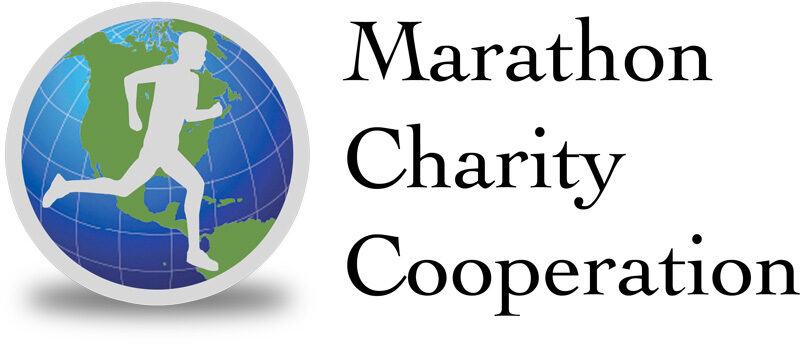Training progress can be measured in many ways. Some runners are content to run a specific distance or time without stopping, or to not feel winded. These are subjective measurements. Objective measurements are precise, based on hard data you ran 3 miles in thirty minutes last month and 3 miles in 27 minutes this month. In order to get that hard data you need reference points like a marked trail and a stopwatch. But what if your favorite route isn’t marked, or the markers are incorrect, or you forgot to write down the time? A GPS receiver can be very useful for this.
Civilian GPS use has become quite widespread, being found in many vehicles, portable units, and even cameras. I’ll be focusing on GPS-enabled watches for runners, specifically the Garmin Forerunner line. These watches come in several flavors some are all-in-one units, others require a separate pod or device be worn on the upper arm to capture the data.
With a simple watch on a measured course you can determine your overall pace (distance/time) and maybe even your mile splits (if your watch has a lap feature *and* you remember to hit the right button at every mile marker). A GPS watch captures your every move, allowing you to view speed (pace) at any point along the course. The data from most GPS watches can be uploaded to a computer and overlaid on a map, providing the ability to review any point of your run. GPS provides your location in three dimensions, so you’ll also see the elevation at any given point. Throw in a heart-rate monitor (included in some GPS watches) to measure effort and you’ve got some incredibly power tools to track your training. Further, that upload allows you to keep a running log, a valuable tool to evaluate your progress over time. Finally, you can program workouts so that the watch alerts you went it’s time to take a walk break or when your pace is too fast or slow.
I’ve used Garmin Forerunner 305s and a 310xt for several years and future articles will speak to their features, some of which are likely found on other brands as well. They aren’t obnoxiously big, but are noticeably larger than a regular watch. The 305 includes a heart rate monitor, which is a strap worn around the chest to record the rate at which your heart is beating (a measure of effort). Garmin has released several models since these which are much smaller. The 305 is still available and can be found online for about $150. I’m not advocating that everyone needs a GPS watch as you can train and run with a simple stopwatch, but for those of us that like gadgets, a GPS watch is pretty cool.
Later in our program I’ll talk about the heart rate monitor, software to log and analyze your runs, and training-specific features of the Garmin. Send me a note if you have any questions at coach@mc-coop.org
